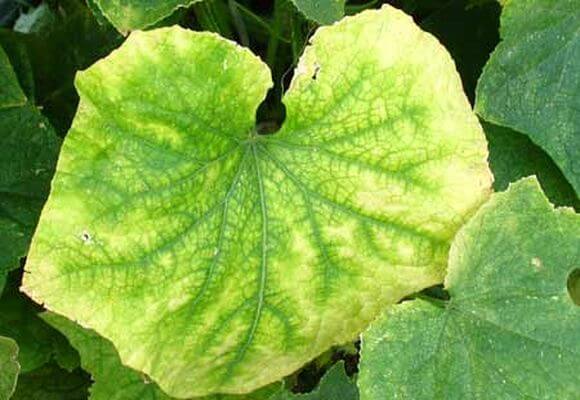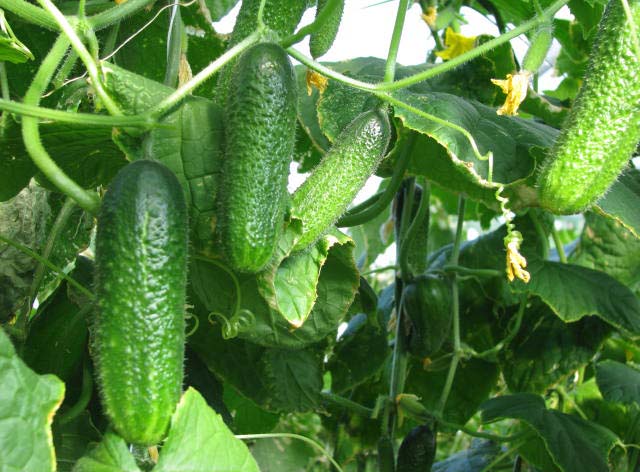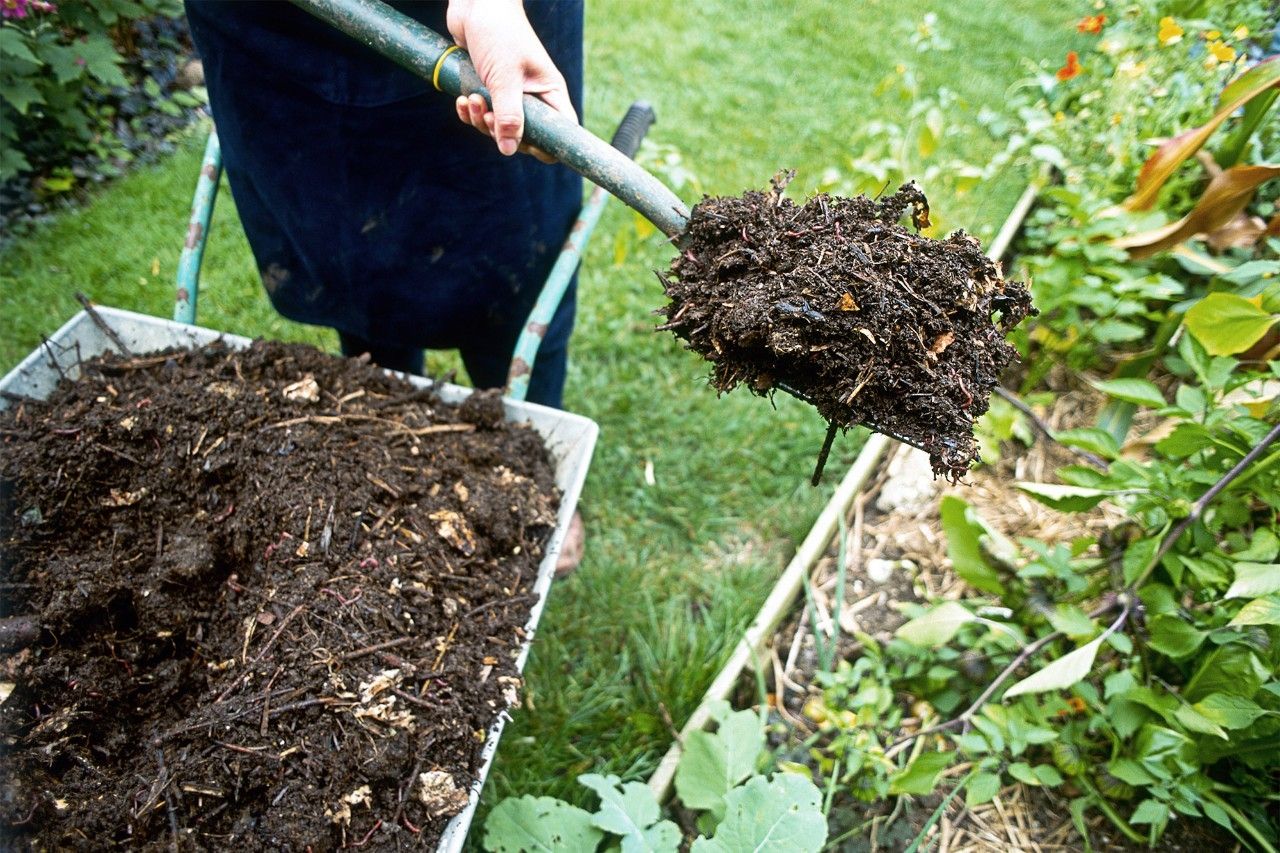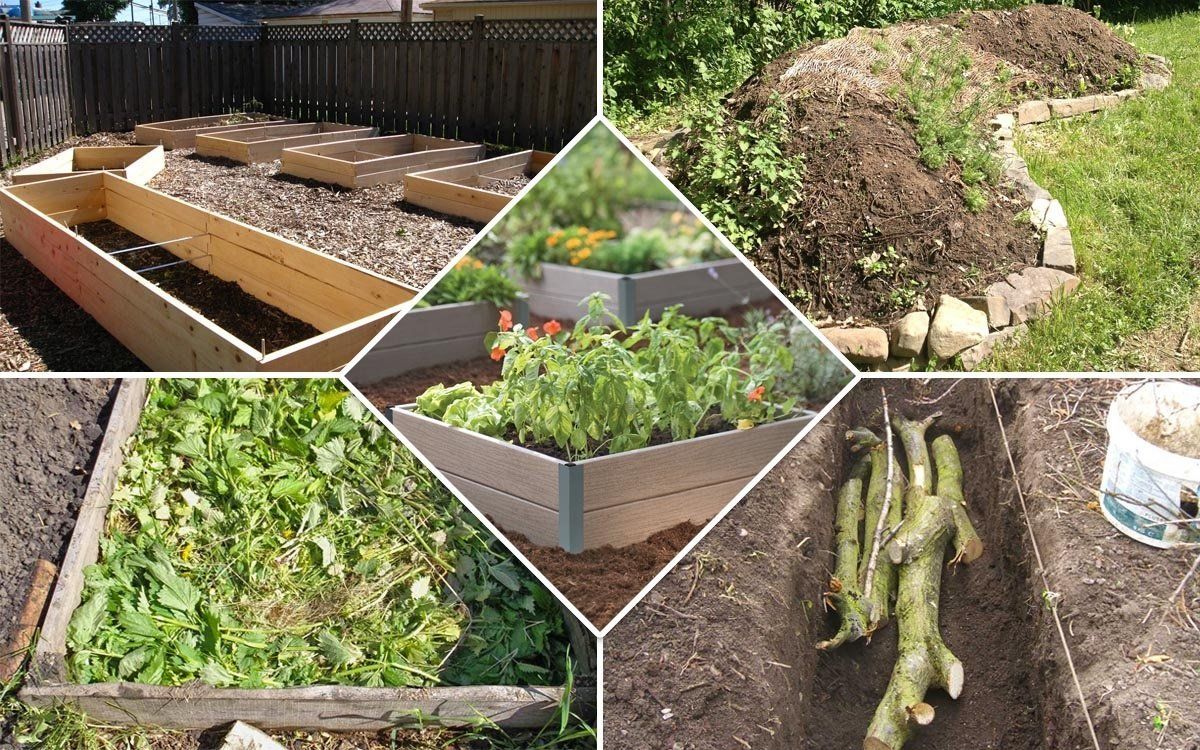Content:
In the process of growing zucchini, gardeners are faced with diseases and pests. To save the crop, you need to know why the zucchini rot and their foliage turn yellow. The sooner measures are taken, the more chances you have to preserve the harvest.
Why do zucchini leaves turn yellow
In gardening practice, there are often cases when the foliage of zucchini turns yellow during the cultivation of seedlings, or the state of the leaves changes for the worse already when planted in open ground. The following reasons can provoke drying out and a change in the shade of the foliage:
- Fragile and young seedlings can be affected by powdery mildew. The entire inner side of the foliage is covered with unpleasant light yellow dots, which develop rapidly. The disease is fungal in nature, affects fragrant tomatoes, young zucchini or other crops.
- The leaf may gradually become covered with yellow spots and eventually dry out completely. This form of the disease is provoked by harmful spider mites. It is strictly forbidden to ignore this disease, since pests can completely destroy plants.
- If the foliage of zucchini turns yellow evenly, this indicates that the plant lacks nitrogen. Salvation of zucchini is possible only with the first signs of an illness. If the leaf plate is severely and completely damaged, planting new seedlings will be the best way. After 14 days after the emergence of seedlings, you need to treat the planting with nitrogen-containing fertilizing. This method will save the culture from yellowness and death, making it much stronger.
- Zucchini seedlings turn yellow and dry the leaves due to the fact that it was very densely planted. If the planting site is not provided with sufficient natural light, the foliage acquires a yellowish tint. Diseased leaves must be removed immediately to avoid rotting, which spreads very quickly to healthy squash. With dense planting, you need to thin them regularly.
- The reason for the yellowing and drying of the foliage of the squash may be a lack of nutritional components. Sprouts are lagging behind the standard growth rate of healthy, vigorous plants. The formation of ovaries is minimized, and the foliage turns yellow very quickly.
- Zucchini are often affected by chlorosis. The reason for its appearance is that the planting holes do not loosen, and the roots of the squash lack air. Experienced gardeners recommend periodically loosen the soil near the root system of the seedlings.
A fungal disease such as anthracnose can affect a plant at different stages of its development. It can be especially common if the greenhouse method of growing seedlings is chosen:
- The spots that appear on the leaves acquire a dirty yellow tint over time. It may seem that the bright sunlight just burned the plant.
- At the second stage of the disease, the shoots dry out, they become brown in color. The infection gradually spreads to healthy ovaries, which can die without timely treatment.
Before planting zucchini seedlings in the soil, you need to familiarize yourself with the main reasons for the appearance of yellow unpleasant spots on the foliage. Sometimes there is not enough space for sprouts in planting pots, which can serve as the basis for a yellowish tint of the leaves.With a conventional transplant, this problem can be avoided.
Mistakes in care and cultivation in the wrong conditions can also lead to diseases or even death of marrow seedlings. The crop is characterized by large foliage, requiring much more attention and moisture than other vegetables planted in the garden.
It is strictly forbidden to water at lunchtime, because moisture that gets on the foliage, interacting with the sun's rays, can burn the plant.
Zucchini have delicate foliage; growing them in the cold is impossible. In mid-May or early June, the plant weakens, which is caused by the instability of natural conditions. In case of emergency, you can start growing seedlings in greenhouses, do not open the protective film until heat appears.
Zucchini seedlings turn yellow: what to do
Prevention should be started even before planting: before planting, the seeds are soaked in a weak solution of potassium permanganate, after the emergence of shoots, fresh plantings are periodically ventilated.
It is strictly forbidden to overmoisten the ground, as this provokes the appearance of diseases in zucchini. Rainy and damp weather is often a harbinger of a disease like powdery mildew.
It is necessary to immediately start prevention in order to avoid the loss of seedlings.
Take 30 g of copper oxychloride and dilute it in 10 liters of water, spray the leaves of the culture with this solution.
It is possible to reanimate diseased plants that lack nutritional components with organic fertilizing, nitrogen fertilizers or ash.
You can fight harmful spider mites with an ash solution, adding potato tops or soap to it. A proven folk remedy that many gardeners use is a tincture of garlic, to which pharmacy chamomile and a kilogram of ash are added.
The prepared product should be infused in a dark place for a week, after which the zucchini should be sprayed with a solution. Garlic repels insects, due to which it sits near many crops.
In order not to overfeed the seedlings, you can use special complex fertilizers, copper sulfate, urea, or ordinary boric acid. You need to take a bucket of water and dissolve these ingredients in it, adding a teaspoon of each. To prevent subsequent diseases, you can add a pinch of manganese to the solution.
Helpful care tips
In the process of growing zucchini, do not neglect the regular feeding of young seedlings.
If the leaves of zucchini seedlings turn yellow and dry out, this may indicate an insufficient amount of natural lighting. The problem can be easily solved by moving the planting container to another location on the windowsill.
Before planting seedlings in planting holes, you need to fertilize them with ready-made compost or fertilizer. In the process of how the zucchini will grow and develop, you need to regularly water and loosen the soil, weed the weeds in time, not allowing the lashes to grow rapidly. When watering, the water should not fall on the foliage, as it may turn yellow.
The correct watering regime is extremely important: it is not recommended to pour the sprouts abundantly, because this provokes their damage. If you water with cold water that has not settled in the sunlight, the process of mass decay may begin on the lashes.
If the foliage turns yellow at the end of the harvest season, do not panic. This phenomenon is caused only by the aging of culture; it is impossible to reverse the natural process. Any crops that weave will age, dry and turn yellow over time.
Zucchini is an unpretentious crop that many gardeners and gardeners love. The vegetable has minimal care requirements and high yield rates. If you follow simple rules, in the future you can get viable and healthy shoots that will be resistant to various diseases and pests.
A grateful plant throughout the summer will yield a harvest in the form of healthy and tasty zucchini, which are distinguished by amazing taste. Properly grown and high-quality fruits are very actively used for preparing various snacks and homemade preparations for the winter.














